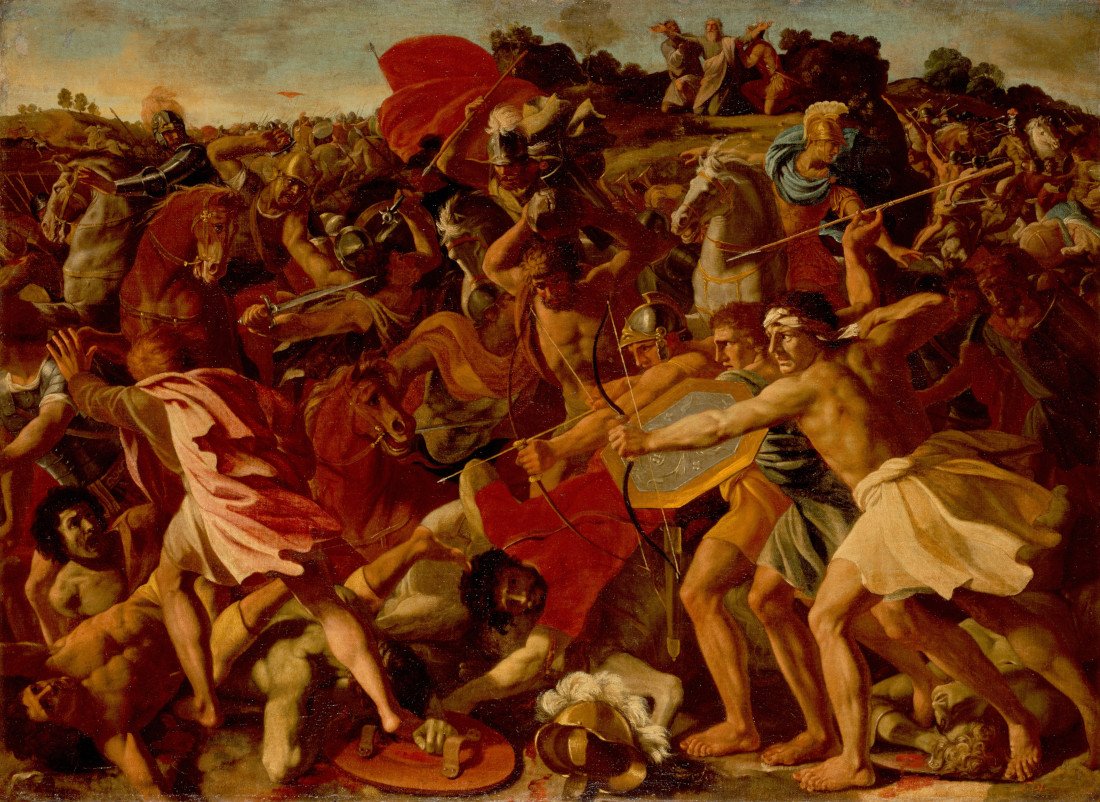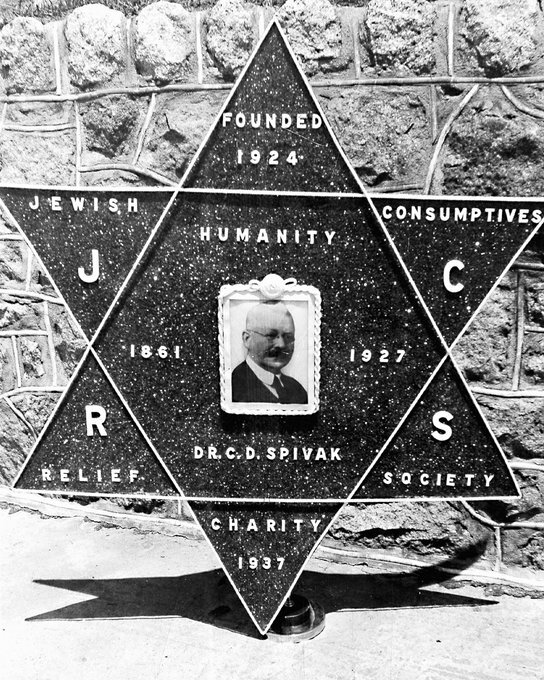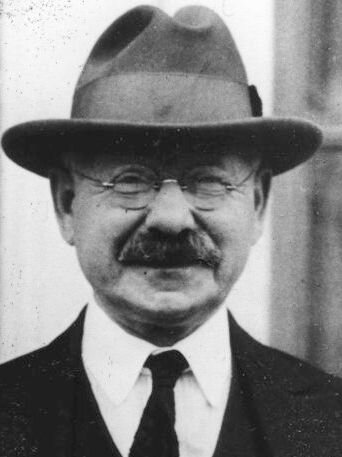בבא קמא פה,א
כדתניא הרי שעבר על דברי רופא ואכל דבש או כל מיני מתיקה מפני שדבש וכל מיני מתיקה קשין למכה והעלה מכתו גרגותני יכול יהא חייב לרפאותו ת"ל רק
It was taught in a Braisa: If the victim of an assault disobeyed the advice of his doctor and ate honey or all types of sweets - and this violated his doctor's instructions because honey and all types of sweets are harmful for a wound - it could be thought that the assailant is still obligated to heal the victim. Therefore the Torah uses the word רק (only) to teach otherwise...(Bava Kamma 85a)
Secretions of the honey bee. From Israili, Z. Antimicrobial Properties of Honey. American Journal of Therapeutics 2014. 21; 304–323.
Three days ago we studied the medical effects of garlic, and noted that although the Talmud praises it for its health effects, there is conflicting evidence as to its efficacy. Today, we turn to honey, which has been used as a medicine for at least the last 3,000 years. It is therefore very surprising that in the culture that gave birth to the Talmud, honey was thought to be bad for your health. As we will see, honey has some quite amazing therapeutic uses.
FROM WHERE DOES HONEY COME?
The honeybee is the only insect that produces food eaten by humans. Here is what happens: The female honeybees use their proboscis (a tube-like tongue) to up suck flower nectar and mix it with their saliva and enzymes. Then they store it in a honey sack. Back at the hive, the mixture is regurgitated into cells, dried to about 16% moisture, and stored as a primary food source. As you might expect, the content of the honey depends on a number of factors including the species of bee, the kind of flowers on which they fed, and the conditions in which the honey was stored.
Honey as an Antibiotic
In a recent review article that focuses on the antimicrobial properties of honey, Zafar Israili from the Emory School of Medicine noted that a large number of laboratory and clinical studies have confirmed the broad-spectrum antimicrobial properties of honey. These include antibacterial, antifungal, antiviral, and antimycobacterial. “Honey,” wrote Israili, “was found to be an effective topical treatment for ringworms, athlete’s foot, jock itch, nail fungus, and yeast infections and reported to be comparable to many over-the-counter antifungal preparations.” These properties are likely due to the honey’s acidity, osmotic effect, high sugar concentration, and the presence of chemicals like hydrogen peroxide, antioxidants, and lysozymes.
Honey contains more than 600 compounds (you can see a list of them here), and the wound healing properties of honey are probably its oldest and best studied medicinal property. It has been shown to aid wound healing in conditions such as chronic pressure sores, traumatic and diabetic wounds, diabetic foot ulcers, boils, burns, fistulas, necrotizing fasciitis, and a very nasty condition called Fournier’s gangrene. (That's necrosis of the scrotum. Yes, quite gross.) So in contrast to the advice of the talmudic doctors that "honey is bad for an injury", honey turns out to be rather good for wounds, especially when applied directly to them. But honey isn't just good for wounds...
“There is a large body of evidence to support the use of honey as a wound dressing for a wide range of types of wounds. Its antibacterial activity rapidly clears infection and protects wounds from becoming infected, and thus it provides a moist healing environment without the risk of bacterial growth occurring. It also rapidly debrides wounds and removes malodor.”
Your Mother was correct
A 2012 study from physicians at the Sackler School of Medicine in Tel Aviv tested the effects of honey on nocturnal cough and sleep quality. They enrolled 150 children age 1-5 years (and presumably, their tired and exasperated parents) and half an hour before bedtime, gave half of them “a single dose of 10g of eucalyptus honey, citrus honey, or labiatae honey,” and the other half a placebo. (In case you were wondering, as was I, as to what the placebo was, here’s the answer: date extract, “because its structure, brown color, and taste are similar to that of honey.” True enough.) What they found might change the way you treat your own cough this winter. Each of the three honey groups had a better response compared with the date extract, and no significant differences were found among the different types of honey. The authors concluded that honey may be preferable to cough and cold medications for childhood respiratory infections.
The effect of different types of honey and date extract on cough frequency (I), cough severity (II), cough bothersome to child (III), the child’s sleep (IV), parent’s sleep (V), and combined symptoms score (VI). P <0.05 for the comparisons between group D and the other groups. A, eucalyptus honey; B, citrus honey; C, labiatae honey; D, silan date extract. From Cohen, AH. et al. Effect of Honey on Nocturnal Cough and Sleep Quality: A Double-blind, Randomized, Placebo-Controlled Study. Pediatrics 2012. 130 (3); 465-471.
Honey as a Medicine for Pretty much everything
There are dozens of other medical conditions for which honey may be used. Here is what the review from Israili has to say:
Honey has been reported to be of benefit in a large number of human pathologies including allergy, asthma, bronchitis, common cold, flu, hay fever, nasal congestion, rhinitis, sinusitis, upper respiratory infections, sore throat, cough, fatigue, anxiety, migraine (stress related), cuts, lacerations, burns, wounds (venous, arterial, diabetic, malignant), pressure ulcers, malignant ulcers, perianal and gluteofemoral fistulas, bed sores, adult and neonatal postoperative infections, necrotizing fasciitis, pilonidal sinus, insect bites, infections (bacterial including antibiotic-resistant strains and fungal), septicemia, conjunctivitis and other eye diseases, endophthalmitis, acne, chronic seborrheic dermatitis, dandruff, eczema, psoriasis, inflammation, gingivitis, stomach ache, stomach ulcers, digestive disorders, constipation, vomiting, diarrhea, colitis, dehydration, diabetes, osteoporosis, insomnia, chronic fatigue syndrome, anemia, hypertension, immune disorders, multiple sclerosis, cardiovascular disease, hepatitis, tumors, cancer, and radiation/chemotherapy-induced oral mucositis.
You'd have to check the references and decide if the evidence supports claims like this. But in any event, this list is in startling contrast to the advice of physicians living during talmudic times, that those who were ill or injured should avoid honey.
The Koren Talmud on Honey - woops
In its otherwise excellent translation and commentary on the Talmud, the Koren Talmud has this to say in a footnote on today's daf:
Ingesting large quantities of sweet foods can cause a rise in blood sugar, which in turn can delay the healing of injuries. In addition, poor circulation caused by the fatty deposits in the arteries can limit the amount of oxygen and healing nutrients that reach a wound. Nerve damage, or neuropathy, causes numbness in the feet that prevents open wounds from healing. Moreover, when blood sugar levels are high, the immune system cannot effectively do its job of clearing away dead and damaged tissue and building new skin cells.
Oy. This is a mess. In the first place, in persons who are not diabetic, ingesting sweet foods will only cause a mild and very temporary rise in blood sugar. Second, fatty deposits are caused by cholesterol plaque build-up, and not by carbohydrates (which are sugars). Third, neuropathy has absolutely nothing to do with preventing wound healing. That's caused mostly by a deficient microcirculation, which is often associated with a neuropathy, (for example in diabetics) but is not caused by it. Finally, elevated blood sugars might effect the immune system, but again, this is only an issue for those whose diabetes is poorly controlled.
The Koren edition seems to be following a long tradition of getting it wrong when it comes to honey. In today's page of Talmud, honey is recorded as being harmful to your health, and the Koren Talmud tries, but fails, to give this belief a patina of scientific credibility. But both are wrong. In fact, you might want to put down that garlic so praised by the Talmud, and pick up some honey. That would be very good for you.













